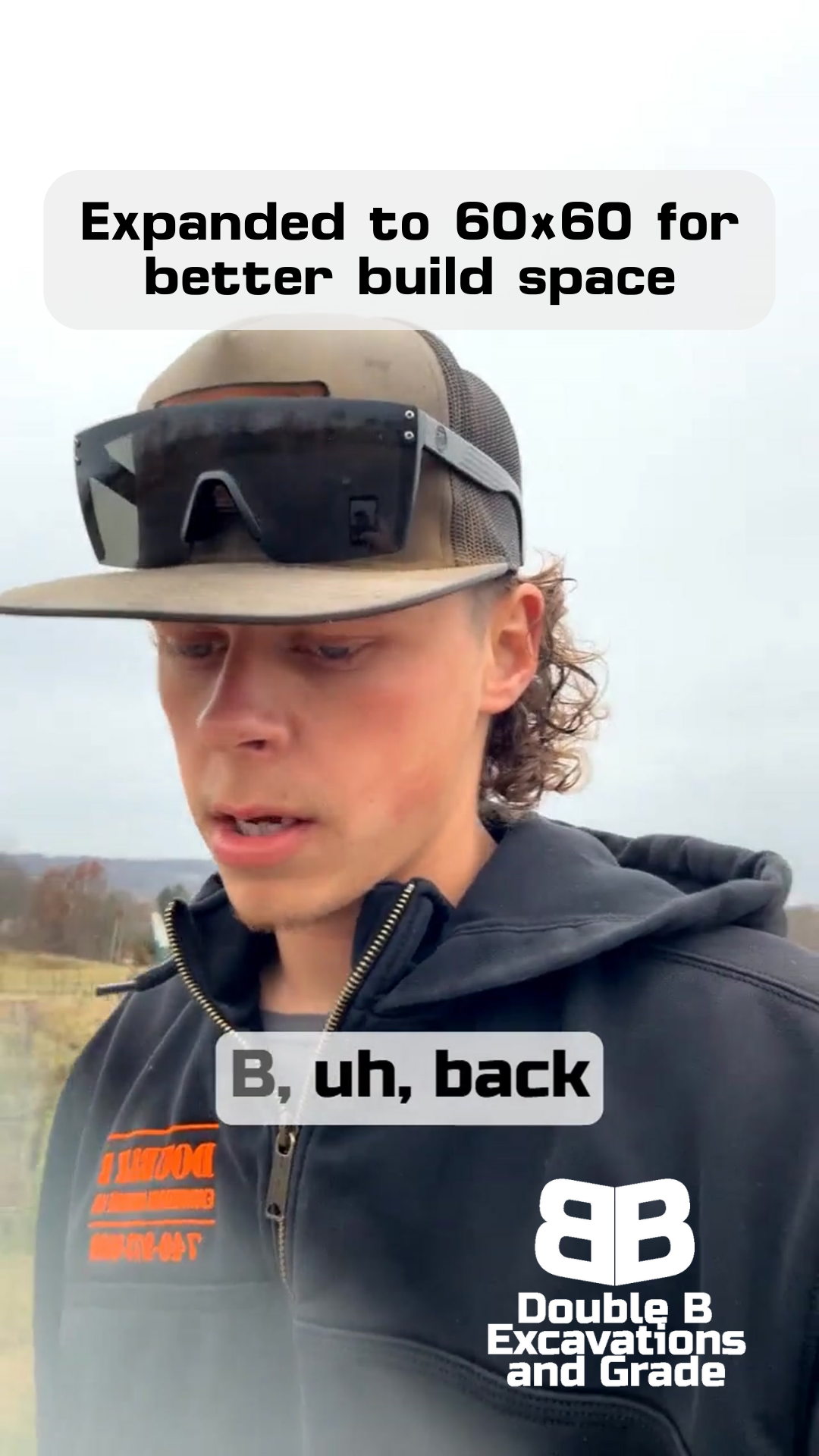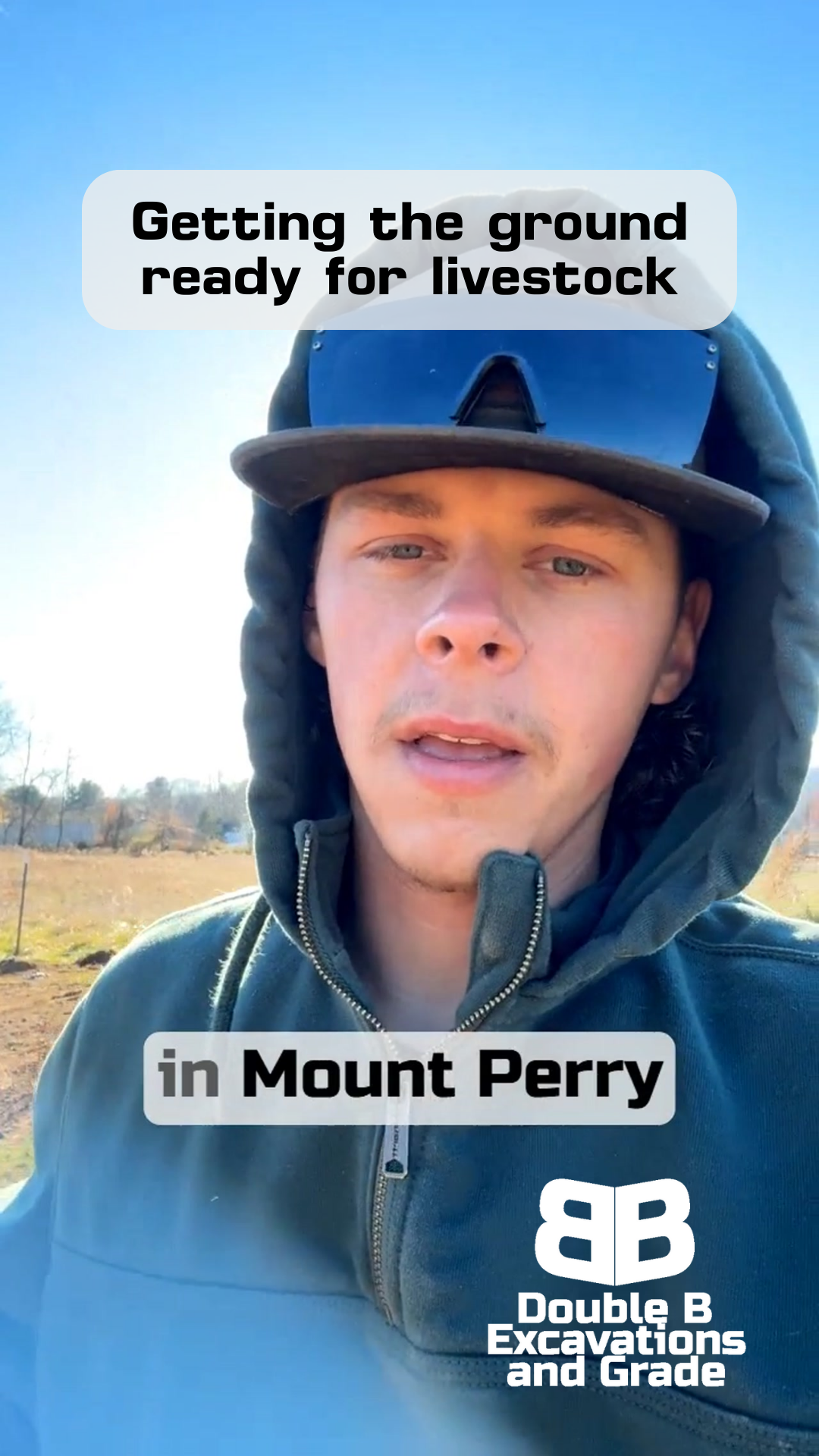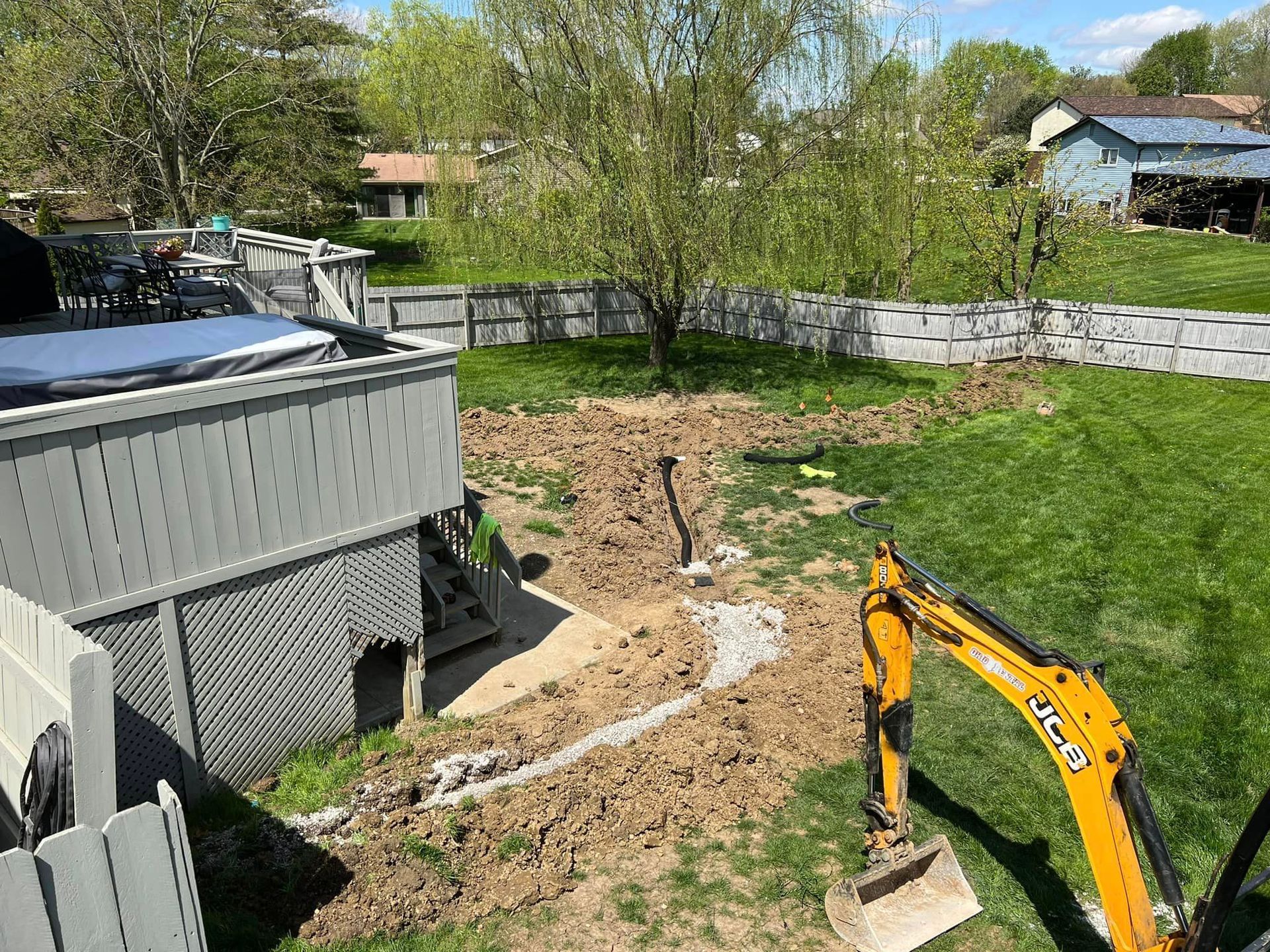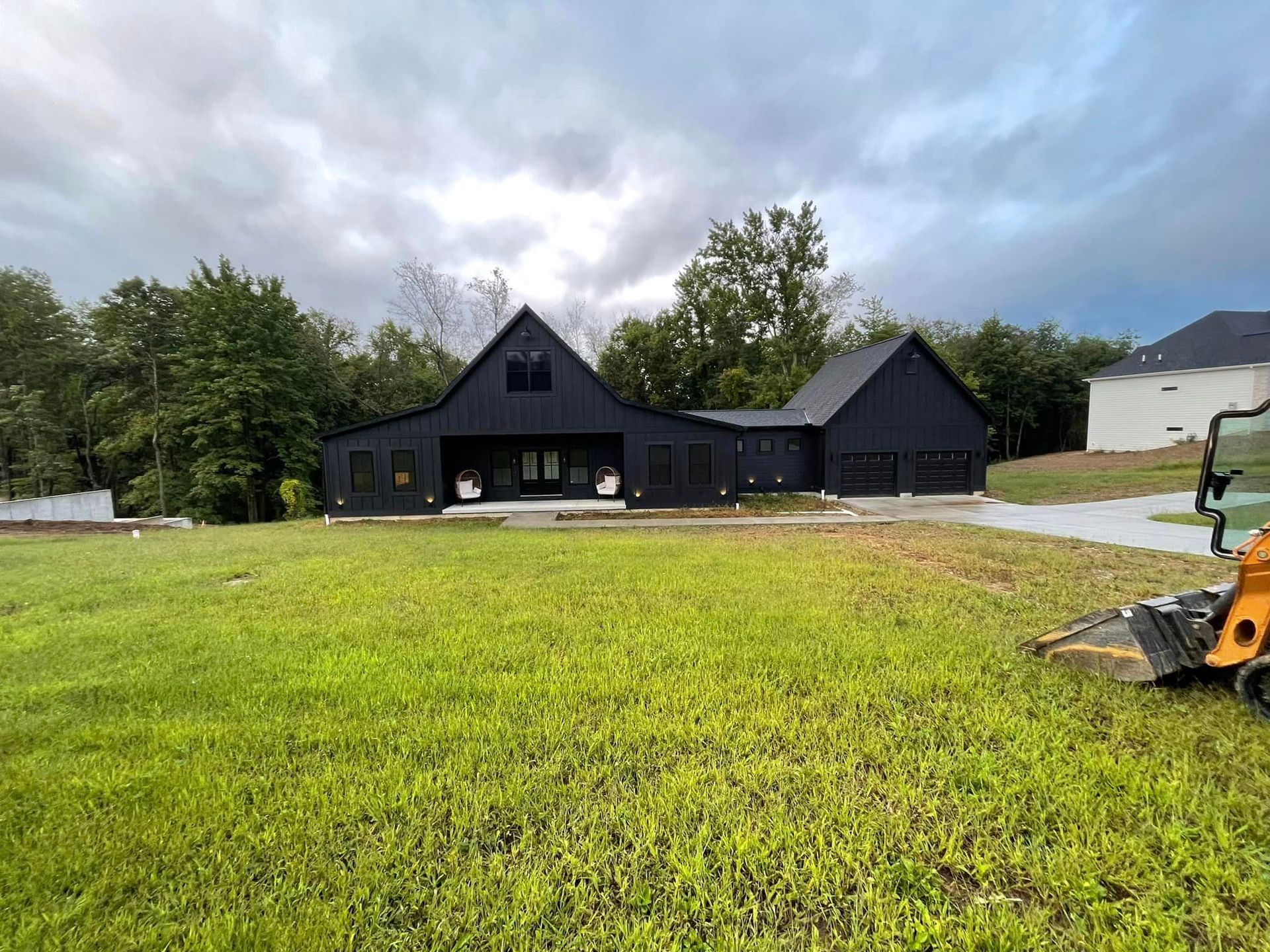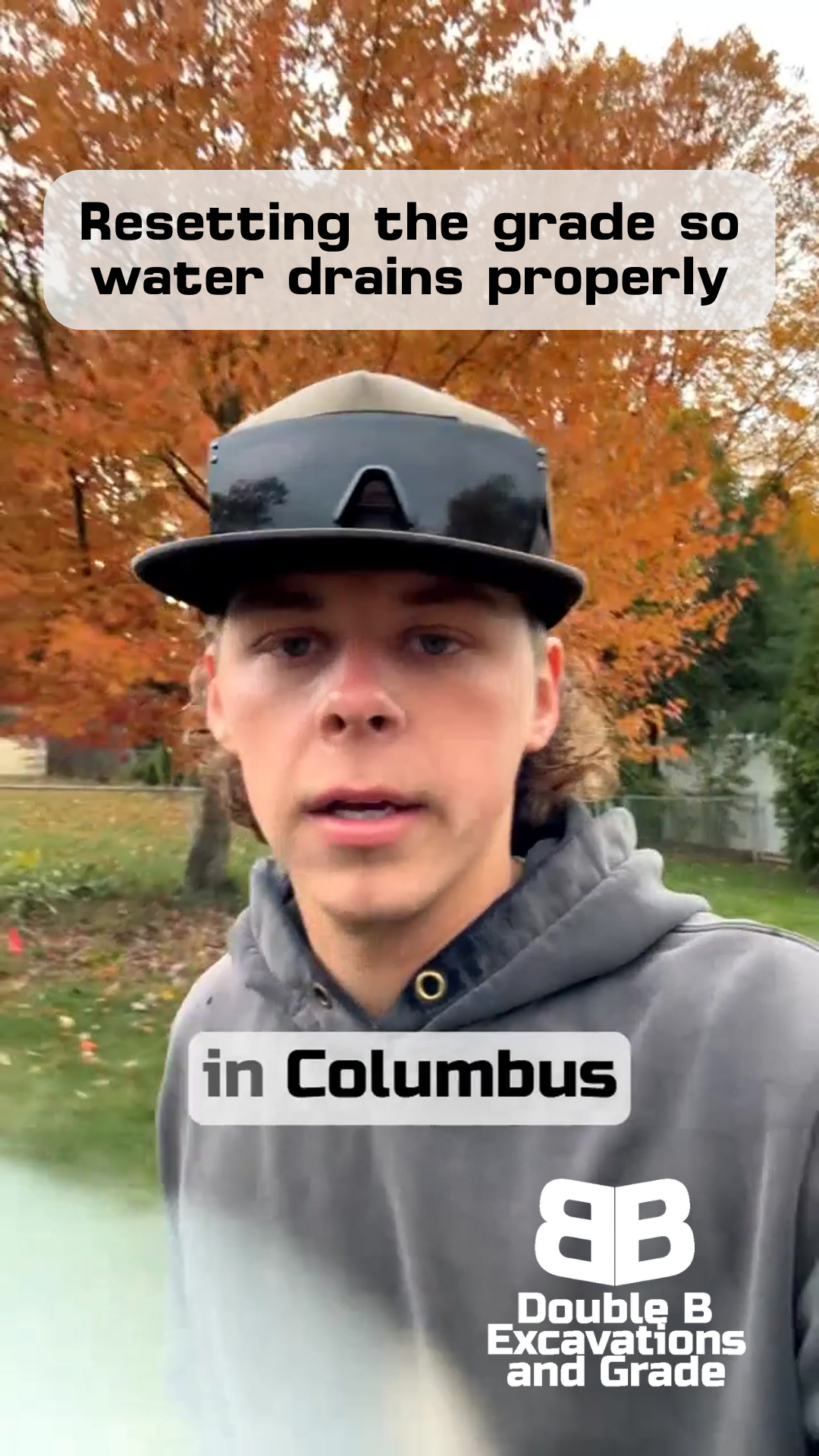Property Line Clearing: How We're Prepping Pataskala Fence Installations the Right Way
Double B Excavations & Grade LLC
Fence Prep Doesn’t Wait for Sunshine
HIDDEN MATERIALS AFFECT YOUR SOIL, DRAINAGE, AND GRASS GROWTH
Some days in Ohio, Nature doesn't exactly cooperate with our plans.
That's exactly what we faced this morning in Pataskala - chilly weather and steady rain.
But here's something we've learned over years of land clearing work: waiting for perfect conditions means a lot of delayed projects and disappointed customers.
When it comes to preparing land for a fence installation, there's no cutting corners.
Proper clearing isn't just about making space - it's about creating the right conditions for a fence that'll stand straight and strong for years to come.
That means having the right equipment, knowing your property lines, and being willing to work through less-than-ideal conditions to get the job done right.
Welcome to Double B!
Project Overvieweath
Today's project in Pataskala is pretty straightforward: we're clearing a path for a new fence installation. But like most property work, the details matter. We're cutting a 12-foot wide strip through the property, giving the fence installers plenty of room to work efficiently and safely.
One of the most important aspects of this job is maintaining a 50-foot buffer from the neighboring property line. This isn't just about being a good neighbor - it's about following proper specifications and avoiding future headaches. Even with the rain making things a bit more challenging, we're able to keep moving forward because we came prepared with the right equipment and approach.
What might look like simple brush clearing to most people is actually a carefully planned process. We need to consider things like property boundaries, equipment access, and how to handle different types of vegetation - from small brush to 4-5 inch saplings. Getting this groundwork right means the fence installation team can come in and do their job without delays or complications.
Equipment Selection and Why It Matters
Let me clear up something that causes a lot of confusion: what we're using isn't your standard brush hog. While they might look similar, we're working with a brush cutter, and there's a big difference. A brush cutter is built tougher, designed to handle saplings up to 4-5 inches thick in a single pass. This isn't just about having bigger equipment - it's about having the right equipment for the job.
Think about it this way: you could probably cut down a tree with a kitchen knife if you tried hard enough, but wouldn't you rather use a chainsaw? That's the difference between a brush hog and a brush cutter when you're dealing with serious clearing work. Using the right tool means we can work efficiently and safely, even in challenging conditions like we're facing today in Pataskala.
The Property Line Clearing Process
Every clearing job starts with knowing exactly where we can and can't cut. That 50-foot buffer from the neighbor's property line isn't just a suggestion - it's a requirement we take seriously. We measure and mark everything carefully before the first piece of vegetation comes down. This extra time up front saves a lot of headaches down the road.
The actual clearing process might look simple - just driving through and cutting down brush - but there's more to it than that. We're creating a specific 12-foot wide path that needs to be clear enough for fence installation but not so wide that we're wasting time and resources. Even with today's rain, we can keep working because we understand how our equipment handles in these conditions. We adjust our speed and cutting depth based on the vegetation density and ground conditions, making sure we're doing thorough work without creating a mess or damaging the surrounding property.
This attention to detail is what separates professional clearing from just "mowing down some brush." When the fence installers arrive, they'll find a properly prepared workspace that makes their job easier and faster. That's what we mean when we talk about doing things the right way.
Common Challenges and Solutions
Let's talk about some real challenges we deal with on property clearing jobs. Weather is usually the first one people think about - like today's rain in Pataskala. But that's actually one of the easier problems to handle. We've got the right equipment and experience to work safely in most conditions, though we'll always put safety first when severe weather rolls in.
The bigger challenges often come from things you might not expect. Sometimes property lines aren't clearly marked, or there's confusion about where that 50-foot buffer should start. That's why we always verify boundaries before we start cutting. Another common issue is finding unexpected vegetation - maybe instead of small brush, you've got a patch of thick saplings. This is where having the right equipment, like our heavy-duty brush cutter, really pays off.
Closing
At the end of the day, proper property clearing isn't just about cutting down brush. It's about creating the right foundation for whatever comes next - in this case, a new fence installation. When we clear a property line, we're thinking about the fence installers who'll be working there next week, the homeowner who'll be living with this fence for years to come, and even the neighbors who share that property line.
Looking Forward
If you're planning a fence installation or any other project that needs property clearing in the Pataskala area, take time to think about the prep work.
A properly cleared site makes everything that follows easier, faster, and usually less expensive. Sure, you could try to save a few bucks by cutting corners on the clearing work - but in our experience, that usually ends up costing more in the long run.
Need help planning your property clearing project? We're always happy to take a look and give you straight answers about what it'll take to do the job right. Because at Double B, we believe in doing things the right way, rain or shine.
